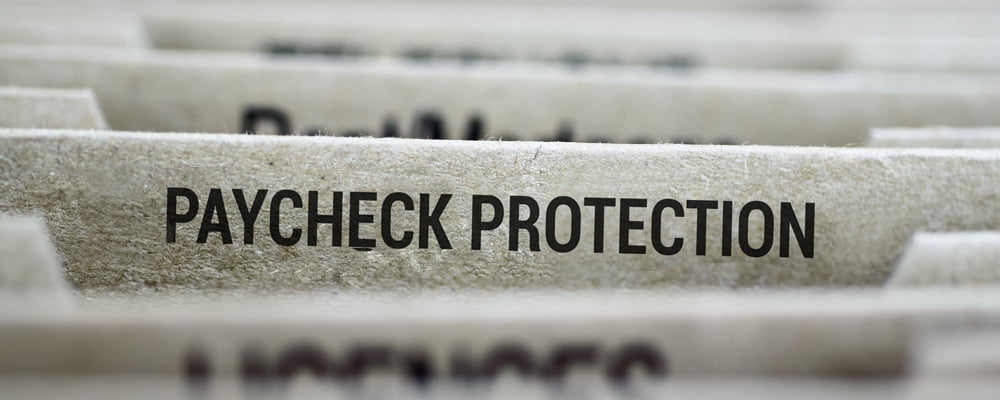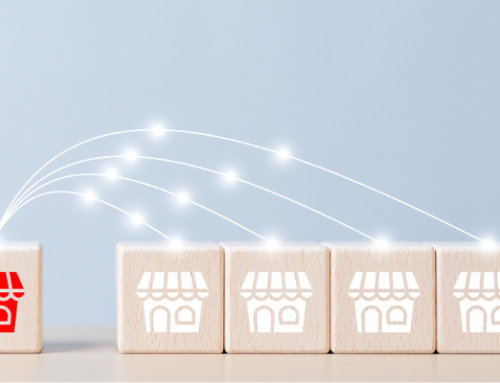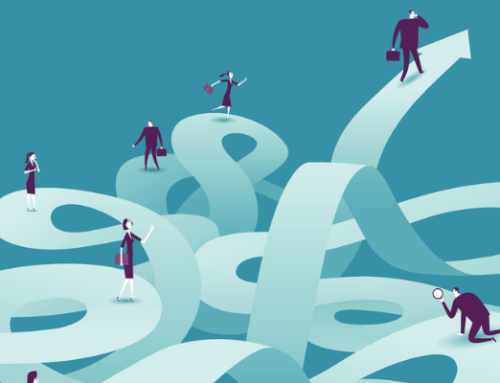Paycheck Protection Program Round 2 is almost upon us!
The Economic Aid Act, included in the 2021 Appropriations Act, passed Congress on December 21, 2020, and was signed into law on December 27. Among several other economic assistance provisions, the bill expanded the Paycheck Protection Program (“PPP”) to include second draw loans for hard-hit small businesses.
We’ve put together what you need to know to take advantage of this program:
Do I Qualify for PPP Round 2?
Qualifications are a bit narrower than the first round of PPP. A borrower must:
- Have a 25% or greater reduction in gross receipts in at least one quarter of 2020 as compared the equivalent quarter of 2019
- Have 300 or fewer employees
- Received a previous PPP loan and have used or expect to use the full amount of the first loan on eligible expenses before the expected date of disbursement of the Second Draw PPP loan
- Not fall under any of the prohibitions listed below
In addition, there are some businesses, in addition to previously ineligible businesses, who may not apply for a second draw loan, even though they may have been entitled to a first-round PPP loan:
- Businesses primarily engaged in political activities or lobbying
- Businesses that receive a Shuttered Venue Operator Grant
- Publicly traded companies
- Companies related to a member of the Executive or Legislative branch of government or their families
- Certain foreign organizations
Can You Explain 25% Reduction in Gross Receipts?
To qualify, one quarter of 2020 must have a 25% or greater reduction in gross receipts than the equivalent quarter of 2019. For example, if your Q2 2019 gross receipts are $100,000, if your Q2 2020 gross receipts are $75,000 or less (a reduction of 25% or more), that is a qualifying quarter.
You don’t need to qualify in each quarter – only one.
Define Gross Receipts Please…
The SBA tells us that they “generally define gross receipts to include all revenue in whatever form received or accrued (in accordance with the entity’s accounting method) from whatever source, including from the sales of products or services, interest, dividends, rents, royalties, fees, or
commissions, reduced by returns and allowances”. Generally, receipts are considered “total income”, to include “cost of goods sold”. Net capital gains or losses are excluded.
Do I Need to Demonstrate this Drop in Gross Receipts to the Bank?
It depends (our favorite tax answer!)
If you apply for a loan of $150,000 or more, the bank will require you to demonstrate the reduction in revenue at the time of your application with tax forms, quarterly financials, or bank statements. Lenders must complete their good faith review “in a reasonable time.”
If your loan is under $150,000, you will not need to supply this information at the time of application, but will do so at the time you apply for forgiveness.
How Much Can I Borrow?
For most businesses, the formula is the same as the first round of PPP loans:
Average monthly payroll x 2.5 = PPP Loan Amount (not to exceed $2 million)
For certain businesses, those in hospitality who have an NAICS code beginning in 72, a ratio of 3.5, rather than 2.5, may be used.
Average Monthly Payroll over What Period?
Great question! You may use either 2019 or “the twelve-month period prior to when the loan is made.” The SBA has said we may use 2020 in exchange for the latter definition (though you may use the precise twelve month period if you wish).
Generally, we advise using 2019 or 2020, whichever gives you the best result.
You may remember the calculation of average monthly payroll isn’t terribly simple – it includes salary/wages/commissions (but not over $100,000 per employee on an annualized basis), some employee benefits like group health care and other insurance, retirement contributions, and SUTA tax.
Will Forgiveness Work the Same Way?
Yes, forgiveness will conform to the first round of PPP (which also had a few tweaks in the recent law). Here are the big rules:
- 60% or more must be spent on payroll, 40% or less may be spent on other qualifying costs.
- You may spend the money during a period of anywhere between 8 and 24 weeks (your Covered Period).
- You must apply to your bank, and then the SBA, for forgiveness within 10 months of the end of your covered period (or it will convert to a loan).
Oh and great news – the PPP loan forgiveness is still not taxable and no deductions need to be reduced (meaning it’s really tax-free).
What are the Other Qualifying Costs Again?
Aside from payroll you may use PPP funds on: Mortgage Interest, Rent, Utilities, Interest on Certain Debts, Covered Operations Expenditures (business software/cloud computing), Covered Property Damage, Covered Supplier Costs (for goods essential to operations when contract is in effect before covered period, certain exceptions allowed), Covered Worker Protection Expenditures (to comply with CDC, HHS, OSHA guidance related to COVID-19)
When Can I Apply?
Administration officials have indicated that applications will open on Monday, January 11 for first time borrowers and Wednesday, January 13 for second draw loan applicants,
An interim final rule released by the SBA identifies the Form you will need to fill out to apply – Form 2438-SD (or a bank equivalent form/portal), which has not yet been released.
For at least the first two days the PPP loan portal is re-opened, the SBA has stated that they will only accept loans from community financial institutions
How Long Will the Program be Open?
You will be able to apply until the earlier of:
- the time that appropriated funds ($284 billion) are exhausted, or
- March 31, 2021
I Heard 501(c)(6) Entities Can Apply Now?
That’s correct – in addition to opening up Second Draw loans, the Act gave 501(c)(6) organizations access to PPP funds as well. If they have not previously applied, their first request would be for a first round PPP loan.
There are a few limits here – you cannot have more than 15% of receipts from lobbying, have lobbying comprise more than 15% of total activities, or exceed $1 million on lobbying.





